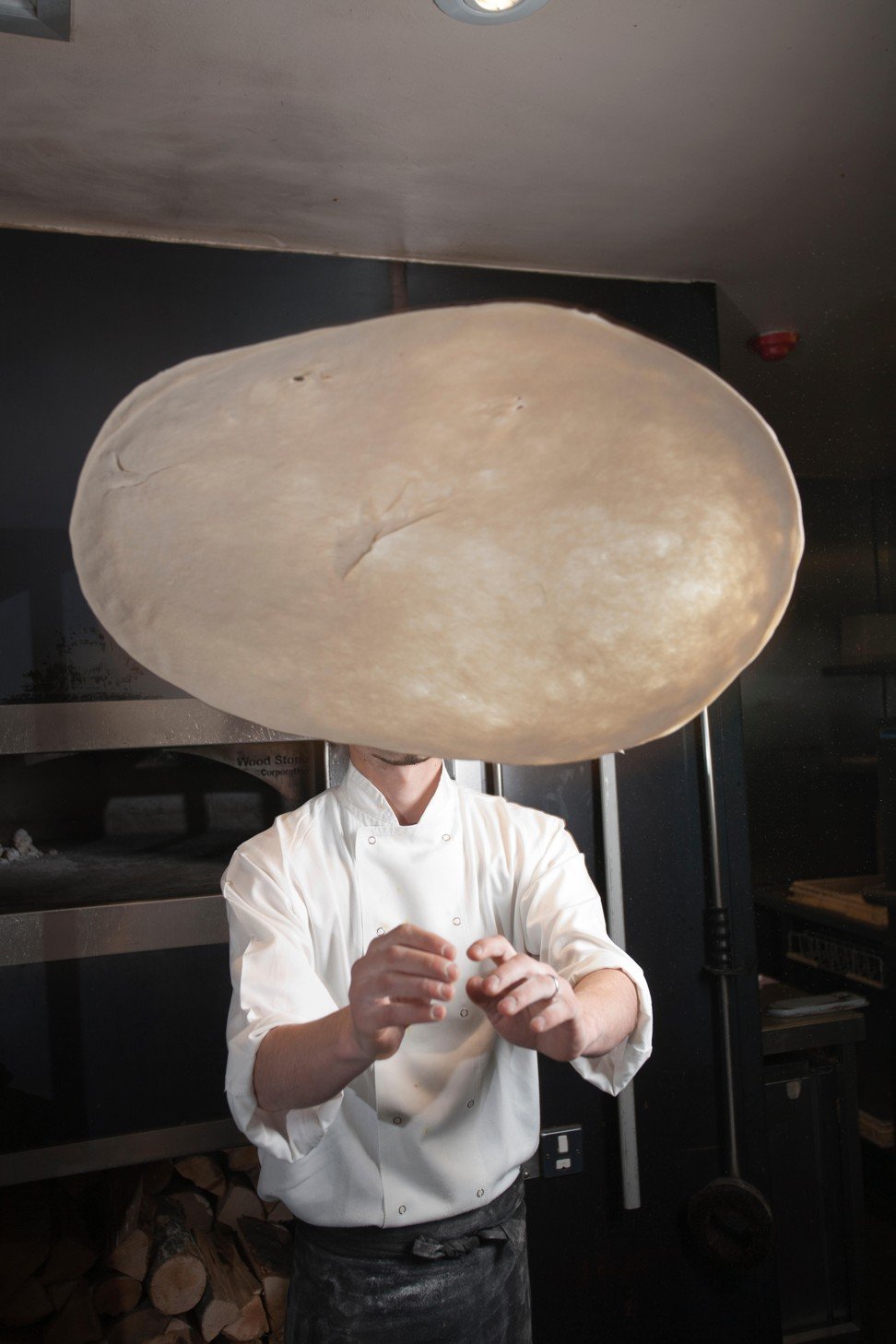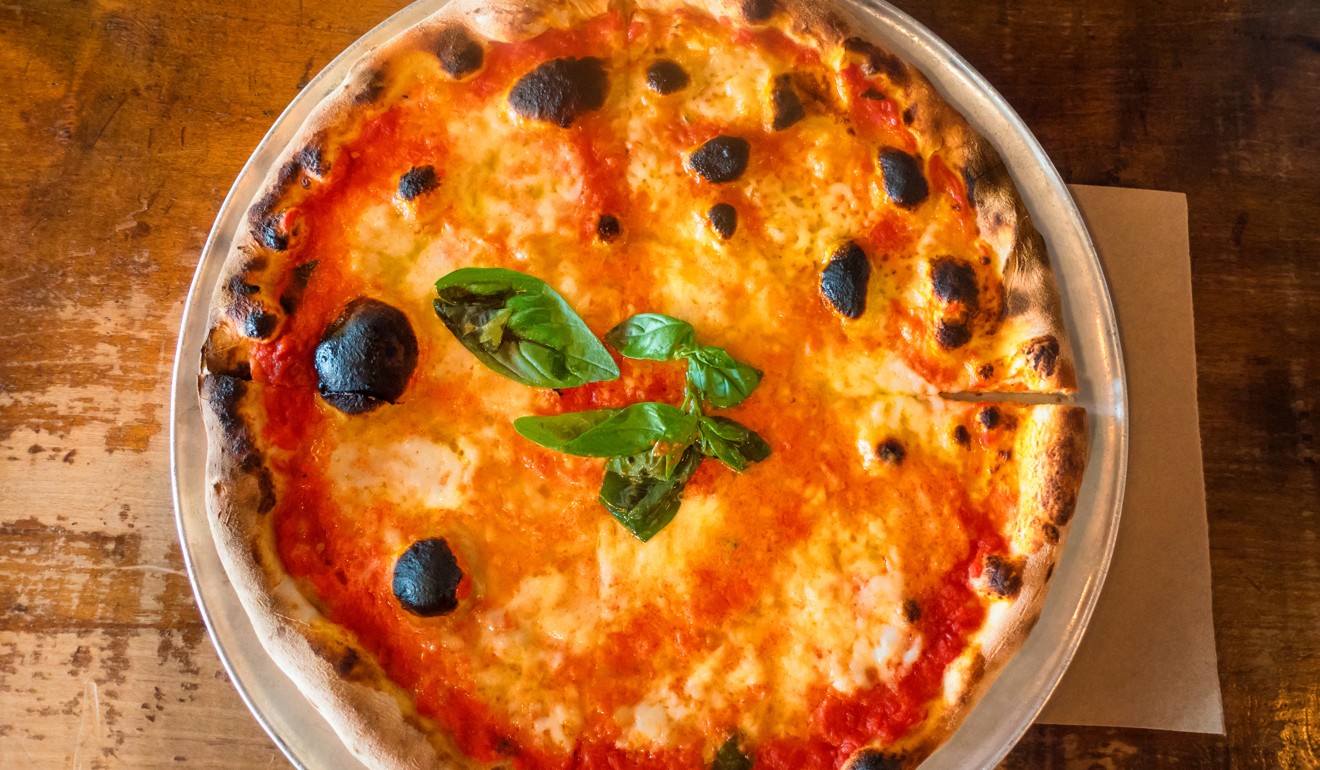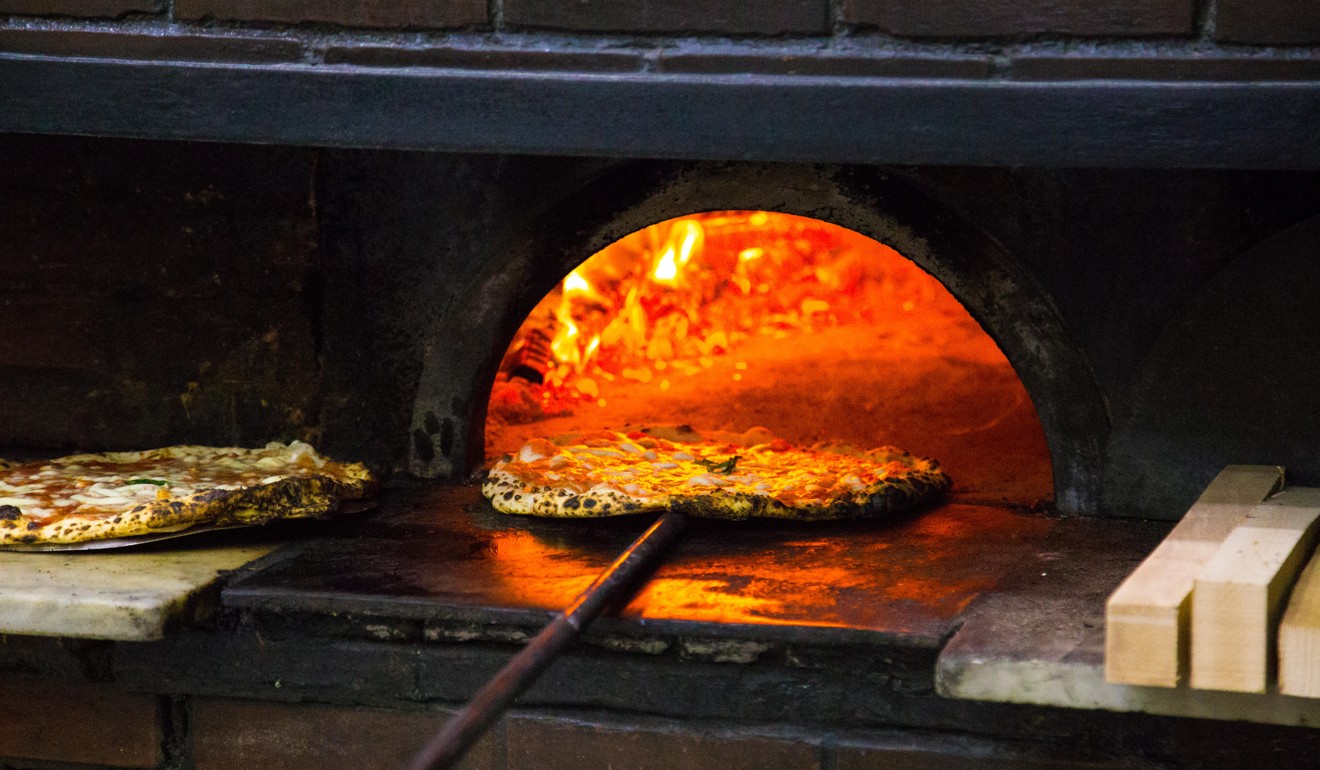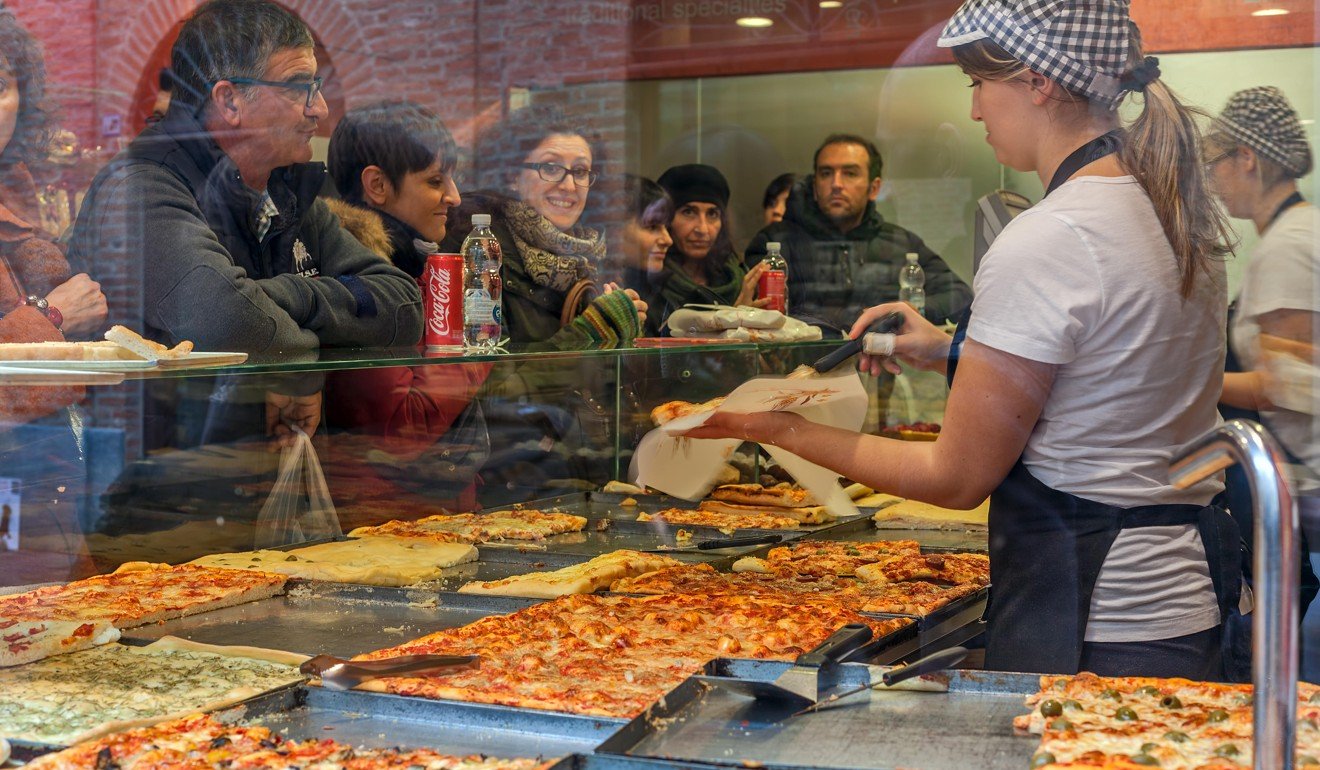
What’s wrong with pizza with pineapple? It’s no weirder than using that other foreign import: tomato
Italy’s signature dish pizza comes with many toppings. What is the fuss about ham and pineapple, when tomatoes were also an introduced ingredient? Let’s not be snobs – anything goes (except Thousand Island dressing, it seems)

I love pizza. My favourite is with prosciutto, buffalo mozzarella, tomato sauce and fresh rocket. But I’m not too picky so I’ll enjoy most any toppings – even pineapple and ham.
For some purists and gastro snobs, that is tantamount to blasphemy and treason. To them, Hawaiian pizza is a crime against nature. It’s a food felony much like wine in a box, dragon sushi roll with cream cheese, and a well-done porterhouse steak served with ketchup.
For fun and provocation, when I interview Italian chefs I like to ask them what they think of pineapple and ham pizza? Do they disapprove? Would they ever admit to trying, and god forbid – liking, a pie with such toppings?
Some vehemently reject it. “No! I would never order it!” Others suggest they have tried but it’s not for them. The more diplomatic ones laugh and say people can enjoy whatever they like. But the general consensus is, it’s not part of Italian culture and not what they consider a “classic” pizza.

The original Neapolitan pizza is tomato sauce and mozzarella, with wheat flour and yeast in the dough, and maybe a little extra virgin olive oil. At the turn of the last century, Italian-Americans started throwing pepperoni and other unconventional things on their pizza. Now, in America anyway, pepperoni is often a prerequisite.

I believe the problem is in the term pizza, which Italians have essentially trademarked as a brand. The easiest way to describe any variety of ingredients baked on flattened dough is to call it a pizza. However, the guardians have issued commandments on what it can and cannot be.

The ingredient innovation that made flat bread a pizza is tomato sauce. When food fundamentalists rant about pizza’s Italian origin, I snicker because tomatoes were brought to the Old World from South America.

So who decides what is tradition? What recipes need to be respected and adhered to? And what dishes can’t be messed with and changed?
I think it’s nice that Neapolitan pizza was registered with the EU as a Traditional Speciality Guaranteed dish in 2009. On the other hand, as a Chinese person, Ithink it’s a good thing that our chefs now make fake shark fin soup.
In short, I don’t mind a world of diversity and melting pot food. It’s fine that Chinese cuisine now includes chop suey and fortune cookies. I embrace kimchi tacos, ramen burgers, and, yes, pineapple and ham pizza. I won’t even object if British chefs want to make a crispy rendang chicken.